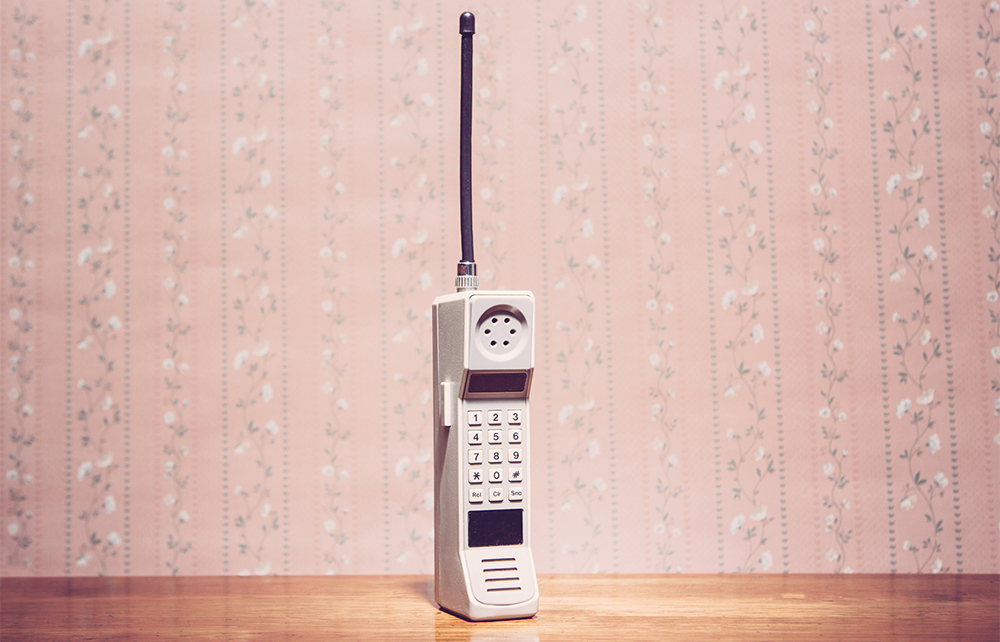In the late 1980s, a story entered advertising folklore. A group from an ad agency had boarded an evening train from Newcastle to travel home from a client meeting. On boarding, they learned that the buffet was out of action, and they were hungry. Happily, one of them was carrying in his briefcase a wondrous new brick-sized device called a mobile phone. After a series of rebuffed calls, he managed to find a lone Indian restaurant in Peterborough willing to deliver to their train when it stopped en route to London; there our hero duly handed a wedge of cash through the carriage window before taking delivery of the food.
Children are a massive pain to begin with, but 20 years later they finally become entertaining and useful
If the group were unpopular already (‘Hello, is that the Taj Mahal? I’m on the train. Hold on, you’re breaking up!’), I imagine they were utterly loathed once the aroma of fresh naan bread and chicken jalfrezi reached the noses of the other starving passengers. But they had a great story to tell.
Younger readers may be unimpressed by this. Trust me, at the time it seemed miraculous. Remember very few people had a mobile phone back then. There was no Deliveroo – indeed any kind of food delivery was rare. It would require some powers of persuasion to get a restaurant to deliver to a railway station. And so on.
Kids, forget the latest iPhone. The best phone you could ever own was a Motorola brick in the late 1980s. Let me explain why. Because it reveals a hidden problem with technology that we generally ignore until it’s too late.
Quite simply, the experience of adopting any new technology is the opposite of having children. Children are a massive pain to begin with, but 20 years later they finally become entertaining and useful; technology is often entertaining and useful to begin with, but 20 years later it becomes a massive pain.
This happens for several reasons. For instance, in the early days of any technology, not many people have it. This means you gain a comparative advantage over everyone else. You are bewitched by the new things you can do which you couldn’t before, and which other people – sad fools that they are – still can’t.
But, best of all, since there is no expectation that you have the technology, there is no requirement to use it unless you want to. I am willing to bet that only three people knew our protagonist’s mobile number. He was hence free to make calls, while barely receiving any. Today he would spend much of the journey fielding calls or replying to emails.
The legal philosopher Ryan Meade has written that ‘Vice always arrives disguised as virtue – no exceptions’. In the same way, most technologies arrive disguised as highly convenient alternative options to the status quo. Over time, as they become widespread, they go from being options to obligations. Social pressure requires you to use them, whether you want to or not. Eventually other, more human forms of interaction are withdrawn for reasons of cost. Consider email, parking apps, self-checkout tills at supermarkets, railway ticket machines, social media. All arrived as useful, voluntary alternatives to existing options. Now they are often an imposition.
This trend is not only annoying, but potentially dangerous. Last week, following the CloudStrike outage, there was a surge of withdrawals from cash machines as electronic payment systems failed. In another ten years, those cash machines may have gone the way of the phone box.
You can fight this. In fact perhaps the best way you can practising ethical consumerism in 2024 is to practise conscious Luddism 10 per cent of the time. Carry cash. Book your flights from a human. Shop locally. Write cheques. The downside of digital convenience and efficiency is fragility.








Comments